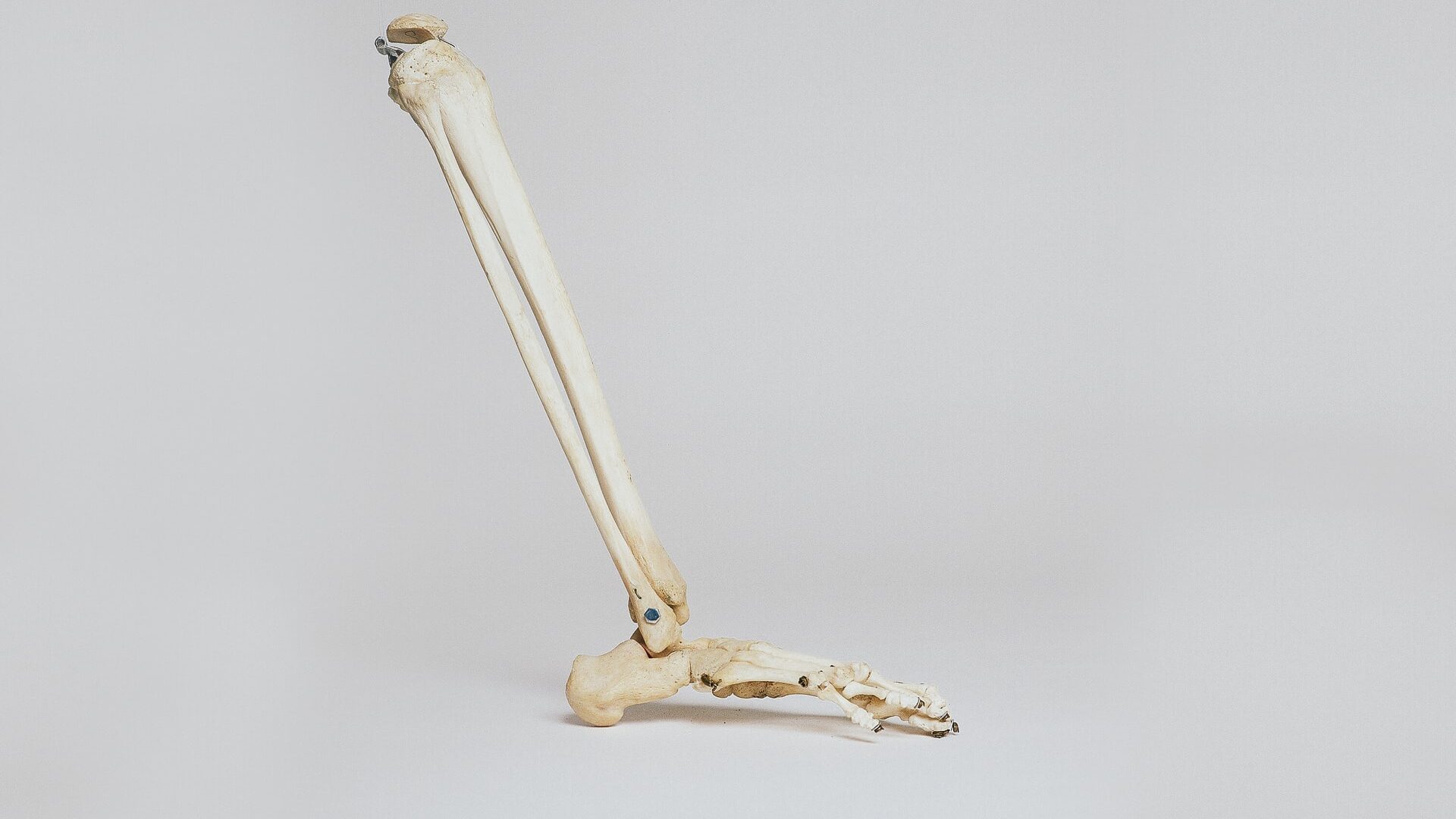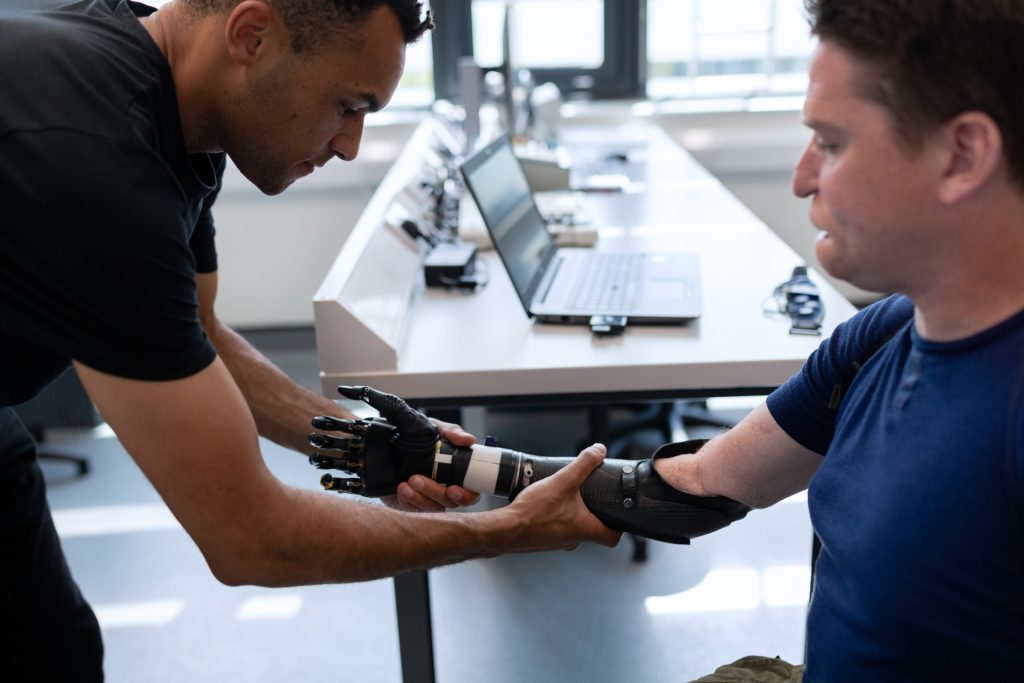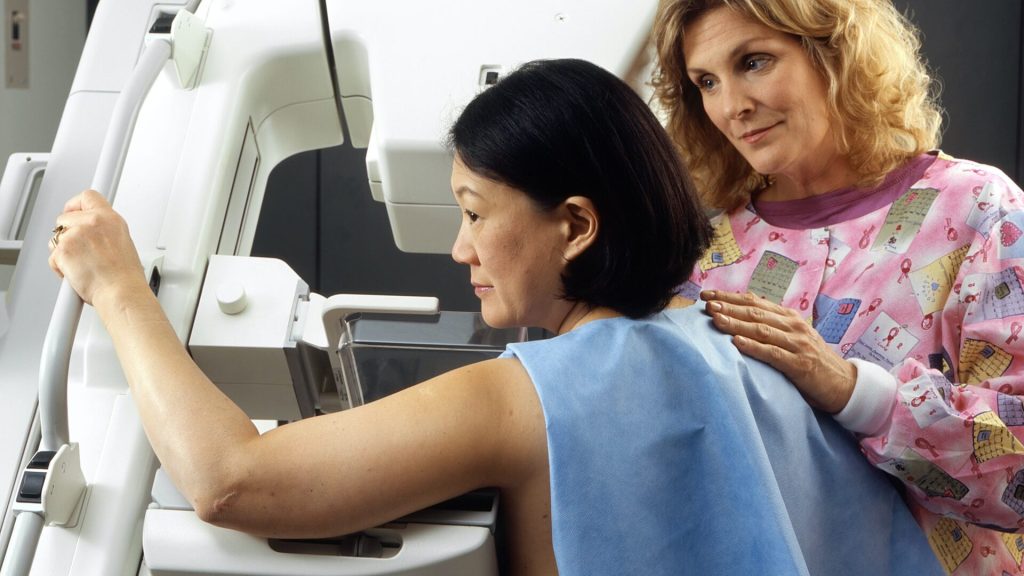Insights into Stiffness Prognosis of Knee Replacements

A new study could help physicians better manage patients who experience debilitating stiffness after they undergo knee replacement surgery.
Researchers at Hospital for Special Surgery (HSS) in New York City presented their findings at the American Academy of Orthopaedic Surgeons (AAOS) 2021 annual meeting
Stiffness after knee replacement surgery, or total knee arthroplasty (TKA), is a rare but frustrating complication, affecting between 1% and 7% of patients who receive the artificial joints. “Why some people and not others experience limited range of motion after TKA is unknown,” said Ioannis Gkiatas, MD, PhD, an orthopedic surgeon at the University of Ioannina, in Greece, and the first author of the new study.
“The goal of the study was to see if we can help physicians predict how patients will do following the revision surgery, using information gathered before and after the procedure, to shape their postoperative treatment plans,” said Dr. Gkiatas. The work was conducted under the supervision of Peter K. Sculco, MD, hip and knee surgeon at HSS, who is leading a large, ongoing study of patient outcomes after revision TKA for reduced range of motion after index TKA.
The researchers followed 19 men and women who underwent revision TKA at HSS to try to improve stiffness in patients with prior TKA. Patients underwent range of motion testing before the procedure and at six weeks, six months and one year after the operation.
The range of motion of healthy knees ranges from full extension (0 degrees) through the sitting position (90 degrees) to kneeling (approximately 140 degrees). All patients gained an average of 28 degrees of motion after the revision surgery. The benefit mostly appeared in the first six weeks after the operation, then gradually tapered off over time.
Patients with the least restricted mobility had the greatest gains from the revision surgery. Patients who could able to bend their affected knee more than 82 degrees before TKA revision had an 80 percent chance of maintaining that level of mobility, or gaining flexibility in the joint, after the operation and throughout the follow-up period.
However, two-thirds of patients whose range of motion was less than 64 degrees prior to surgery experienced regression in that mobility during the study, never attaining the 82-degree threshold.
“Although 82 degrees doesn’t seem much more than 64 degrees, for the patient it’s a significant difference. With 82 degrees you can perform the basic activities of everyday life,” Dr Gkiatas said. “With these new data, if at six weeks a patient reaches 82 degrees of motion in their knee, we can say they have an 80 percent chance of at least maintaining this range of motion one year after surgery.”
The study results provide surgeons with the information needed to educate patients with stiff TKA on expected range of motion outcomes after revision surgery: Less than 60 degrees is a poor prognostic finding. Additionally, when patients return for their six-week appointment after revision TKA, and have less than 82 degrees of motion, additional pharmacologic or manual knee manipulation treatments should be done since this patient is at a high risk for range of motion regression and inferior clinical outcome at one-year post-revision.
Source: EurekaAlert!






